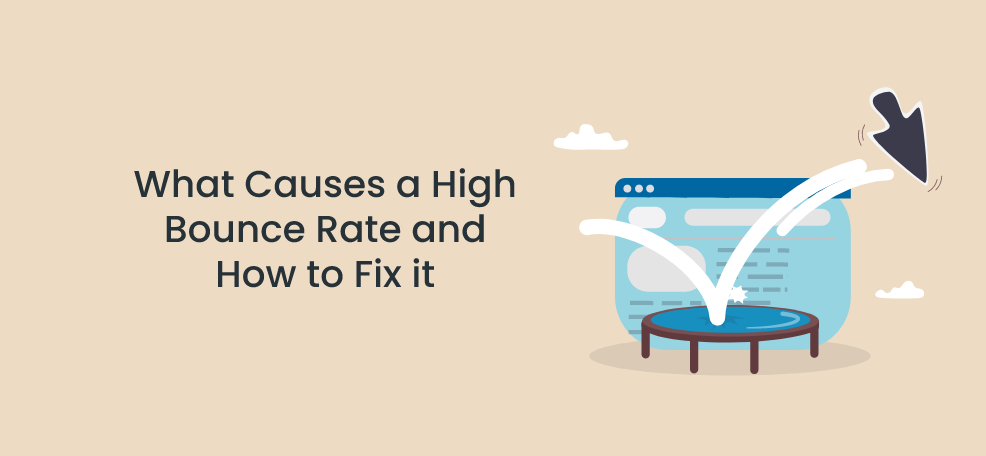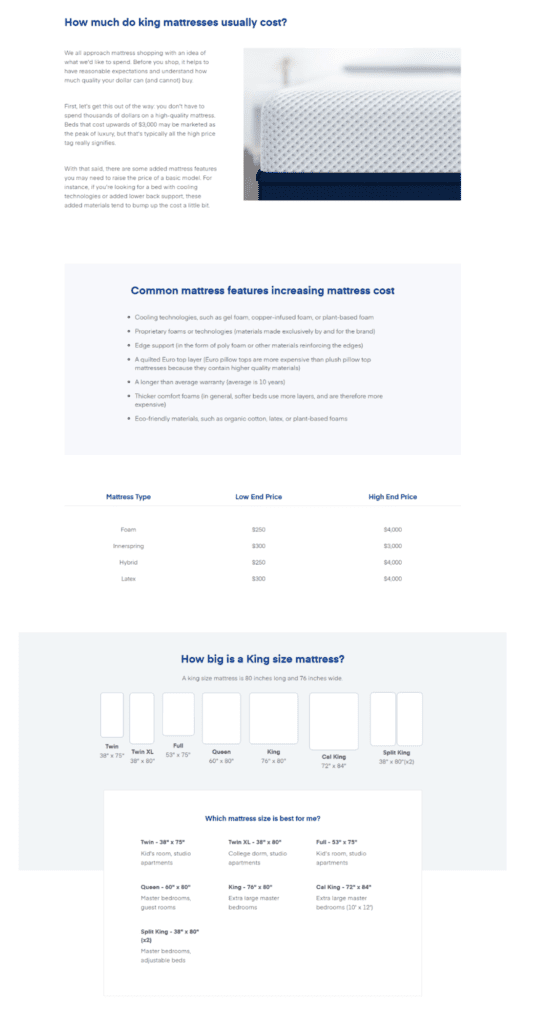A high bounce rate can prove detrimental to the success of your site. A high bounce rate often points to more significant issues, chiefly saying that the visitors don’t find your site to be helpful.
It’s time to fix this.
Let’s start by understanding what causes a high bounce rate.
1. Your content isn’t good enough
People visit websites to learn more about a subject. People won’t stick around for long if your content fails to address these needs.
They may hit Google to find better-written competing content and prefer those sites to yours.
That’s a significant loss for you because creating good content is an easy fix.
Start by developing an understanding of your audience first. Understanding why someone should choose your site over a competitor’s site is important. Marketing gurus would give you the same advice.
Notice how they arrange the best marketing books on this post with their images and pricing information going into painstaking detail for each book.
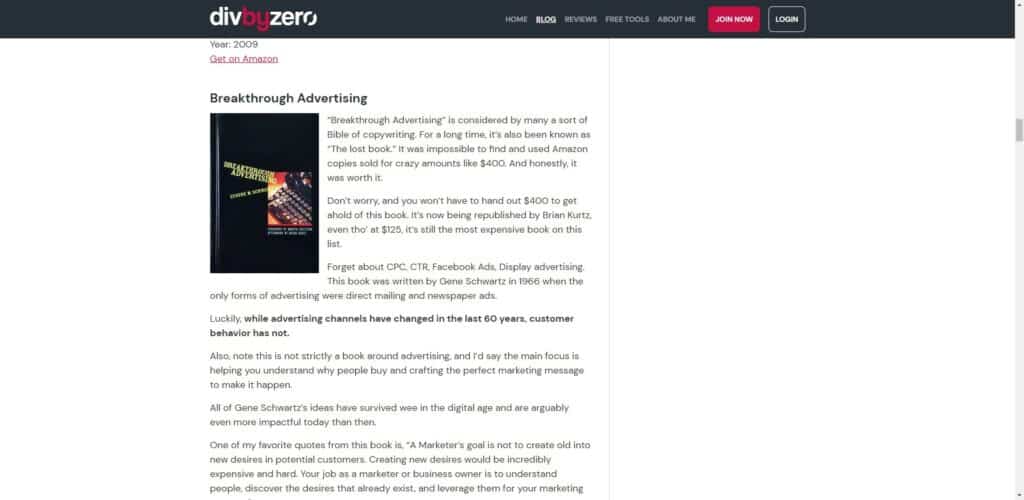
With the above example in your mind, you need to create highly engaging content that addresses the unique needs of the visitors to your site.
To get conversions, the content should answer their questions, offer clarity, and provide a solution for their problem. It doesn’t matter whether you’re running an online store, a blog, or anything else. Plus, what they need to find should be easy to discover—don’t post a lot of irrelevant or poorly drafted content. If your website puts people off with a lot of clutter, means low sticking rates.
Content is how you speak to your audience, providing them with what they need to make better decisions.
2. Your Website has a Poor User Experience
User experience decides whether people want to stay on the site or leave. It can be greatly optimized on a website by designing it with interactive features for visitors to filter the product functions that best fit them. Although your website covers many features to satisfy a wide range of readers, everyone can easily find the information they are looking for without scrolling from top to bottom.
In addition, include general information about the product to make the website more objective and less focused only on marketing the product.
Above is the landing page of Amerisleep; besides their main goal, which is introducing their products, they add in a small section that brings themselves closer to the audience by answering some FAQs that a customer would usually wonder when they decide to buy a mattress, such as “How much do King mattresses usually cost?”, “What’s the range of low-end and high-end price?” or “How big is a King size mattress?”.
However, if your navigation isn’t easy to understand, it will backfire, and visitors will not stick around to figure things out. As humans, we have a special kind of laziness toward things that don’t necessarily have to be done.
For a significantly superior user experience, you mustn’t overload your page with too many irrelevant elements.
Have a simple layout and design with scannable content to improve conversions.
Think of it this way—You’re looking for specific information, but instead, you get a site with too many irrelevant images, pop-ups, and slide-ins, among other things.
All of these elements are begging for attention instead of adding value. How long will you stay there trying to discover the information you want?
Choose a lean UX that keeps visitors happy and yearning to learn more.
3. Technical Errors on Your Site
If your bounce rates are high, that may sometimes point to a technical error. For instance, a misconfigured CDN may prevent many visitors from accessing your site. This can result in several problems.
One of the common errors I’ve seen with a misconfigured CDN is getting a captcha page on trying to access the content on the site. The captcha doesn’t solve even after multiple correct entries. A misconfigured CDN may unintentionally block the site for visitors from certain geography.
If Javascript isn’t working properly on a page or if some random plugin fails to work, that too can cause similar issues. It can prevent a form from loading with the entire page becoming inaccessible.
That causes an unusually high bounce rate.
How to solve the issue? If a page’s bounce rate is high, the first step is to try visiting the page as any other visitor would.
Think of what a regular visitor to your site would do:
- Look at the design
- Read the content
- Click on different elements
- Try to leave the page
Are there errors and issues when accessing any content on the page?
Also, if your site can’t provide a secure connection, this could put off a significant proportion of visitors. This will hamper trust just as much as any of the other errors we’ve mentioned.
Once you have studied these issues, you can determine what to do next. If it’s a CDN issue, reconfiguring it would make most issues disappear.
4. Speed Issues on Your Site
Your website should load quickly. You risk visitor abandonment if it takes more than a few seconds to load completely. People are impatient.
Use Pingdom or GTMetrics to identify what’s causing the bottlenecks quickly. These tools send you a report on the site speed and suggestions for fixing the issue.
Even if you can improve page load times by a second, it will result in better traffic, improved bounce rates, and more conversions.
How to Reduce a High Bounce Rate
When assessing your site’s bounce rate, the biggest first step is to go about it systematically.
Here are six steps to take if your bounce rates are suffering and you want to see them as low as possible.
1. Choose a Page With a Particularly Bad Bounce Rate
Even if the website has a high bounce rate throughout, there should still be pages that few pages have particularly high bounce rates. So, the first thing is to find out those pages. Then navigate the page as any other visitor would do and take notes.
Study important metrics of the page. Look at the duration people spend on it. Are they getting what they are looking for?
Look at the page’s design, navigation, and content structure and see if that’s helping people meet their goals.
2. Install a Recording Tool to Watch How People are Navigating
Website recording tools like Hotjar allow you to see how someone navigates the site.
You can see where people are moving their cursors to, which buttons they’re clicking on, and if they’re close to a conversion or not.
Site recordings highlight areas you can improve. This is good enough for any page with a high bounce rate.
Once you use a recording tool, go to the page with the highest bounce rates and see how someone behaves before they leave.
3. Run a Heatmap to Understand More About the User Behavior
A heatmap tool can give you deeper insights into how visitors interact with your website. You get the whole picture—the movements in and around landing pages, the clicks on call-to-action buttons, and more.
For example, in this post below about startup marketing budget, the website creators must have noticed that the top right and bottom right corners are getting the most interest. They decided to place their call-to-action buttons in those places.
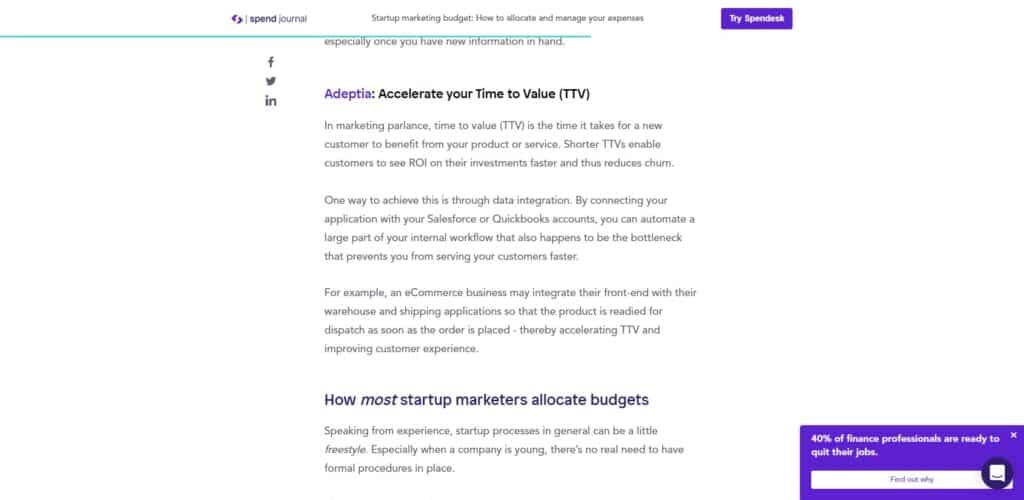
On the other hand, Together Software decided to place its CTA buttons for its onboarding software on the top right and the center of the page below the fold. See below:
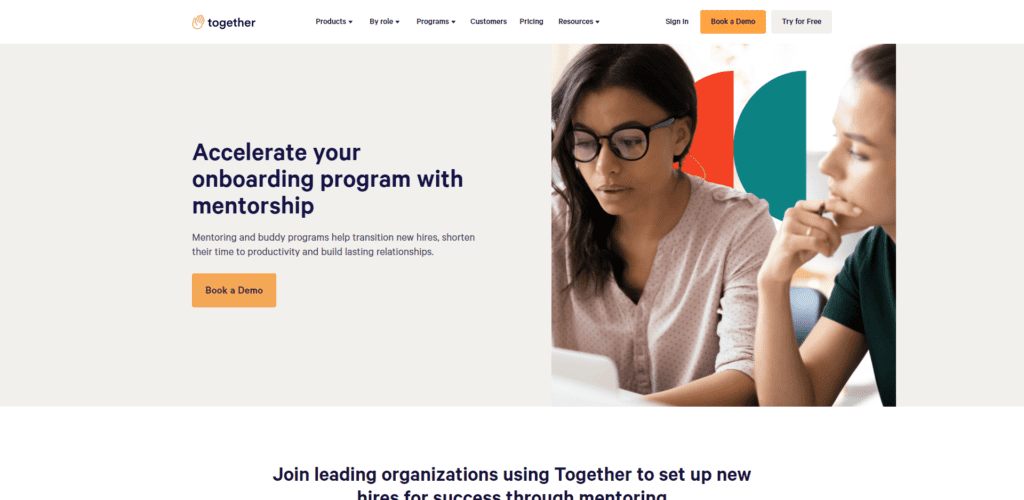
The tool visualizes the areas with the highest number of clicks or cursor movements to show where most engagement occurs. You see areas that most of your visitors are clicking on.
If a particular area is getting a lot of attention, you may want to reposition your call to action button to that spot.
When you run a heatmap analysis on the most popular pages on your site, you see where visitors are engaging with the most. You understand what improvements to make on your site to lower bounce rates.
4. Run A/B Tests
Once you know where the confusion comes from or you know which elements are attracting the most attention, you want to make a few tweaks to your pages.
Recordings and heatmaps can help you bring your bounce rates down. You can try A/B testing the headlines, the call-to-action buttons, the images, and other elements on the page.
One thing that always improves conversions is adding videos to your landing pages, especially testimonial videos.

Zendesk, for instance, uses multiple testimonials. Mailchimp uses single testimonials.
With an A/B test, you recreate the same page, changing one thing at a time. You show the same page with the alternating images or call-to-action button colors to discover which is better for converting raw traffic to leads.
In addition to A/B testing, you may also want to conduct multivariate testing, where you test multiple elements to see which one performs better.
This testing helps you arrive at the right elements, their colors, and their choice of words.
Though there are several general methodologies you can try to reduce the bounce rate:
- Segment bounce rate by landing/entry page: Your site’s overall bounce rate doesn’t show you a true picture of what’s wrong. You need specific information on bounce rates page-by-page.
- Use web analytics to determine the top 20 landing pages. Then look at their bounce rates.
- You should be able to optimize these pages or categories and have the highest bounce rates.
- Surveys: There are multiple tools with which you can survey visitors who click on the x button at the top. There’s a risk of frustrating the visitor, but you may be able to find useful insights.
- Testing: Testing helps you to experiment with multiple layouts, styles, and call-to-action buttons, among other elements.
Finally, you need to recheck everything to understand if your optimization efforts are bearing results and if they’re reducing the bounce rate on your site.
5. Use High-Quality Images to Captivate User Attention
Quality images are one of the best ways to capture attention, make people stay for longer, and lower your bounce rate.
Websites today go out of their way to post quality photographs and even design custom images just so that their blogs and websites look great.
For example, on this page on employee coaching templates, there are many images to their templates to attract the reader and give him a taste of what’s to come.
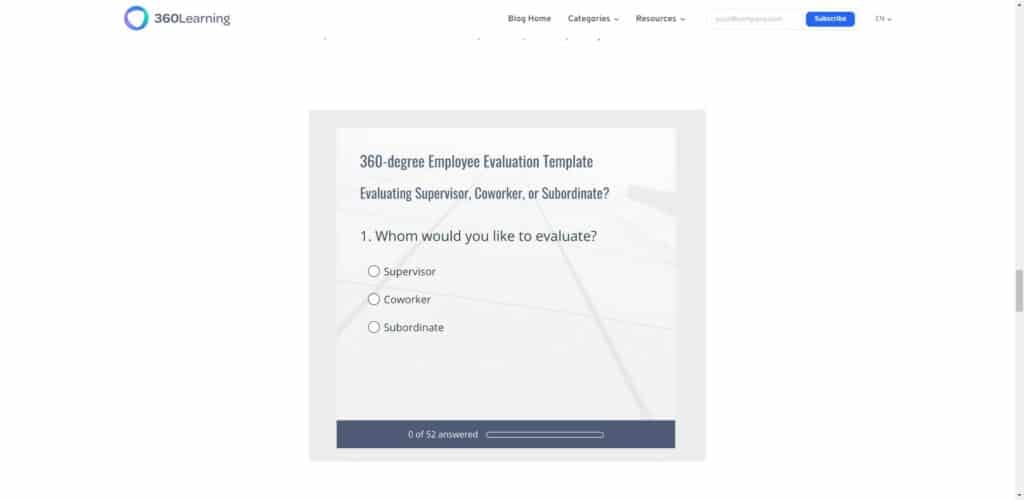
Stock photography sites offer a bunch of professional photos that you can start using. However, the trend now is custom imagery as they look much more professional.
You can use these images to work as backgrounds, slides, or as images within the article. For example, HiverHq replaced their list of pros and cons in their post on customer support with a giant image.
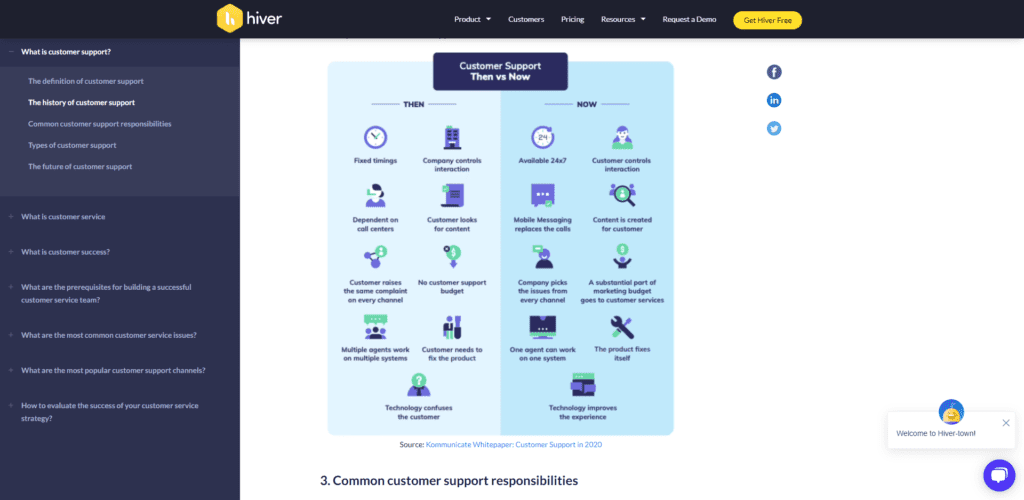
6. Optimize for Relevance
Page load times are important. But even more important is following best practices for formatting your content. One of the most notable reasons for the high bounce rate is the lack of relevance in your content.
According to this post on website feedback, you can use customer feedback surveys, NPS scores, or exit surveys to collect feedback and optimize the site according to suggestions.
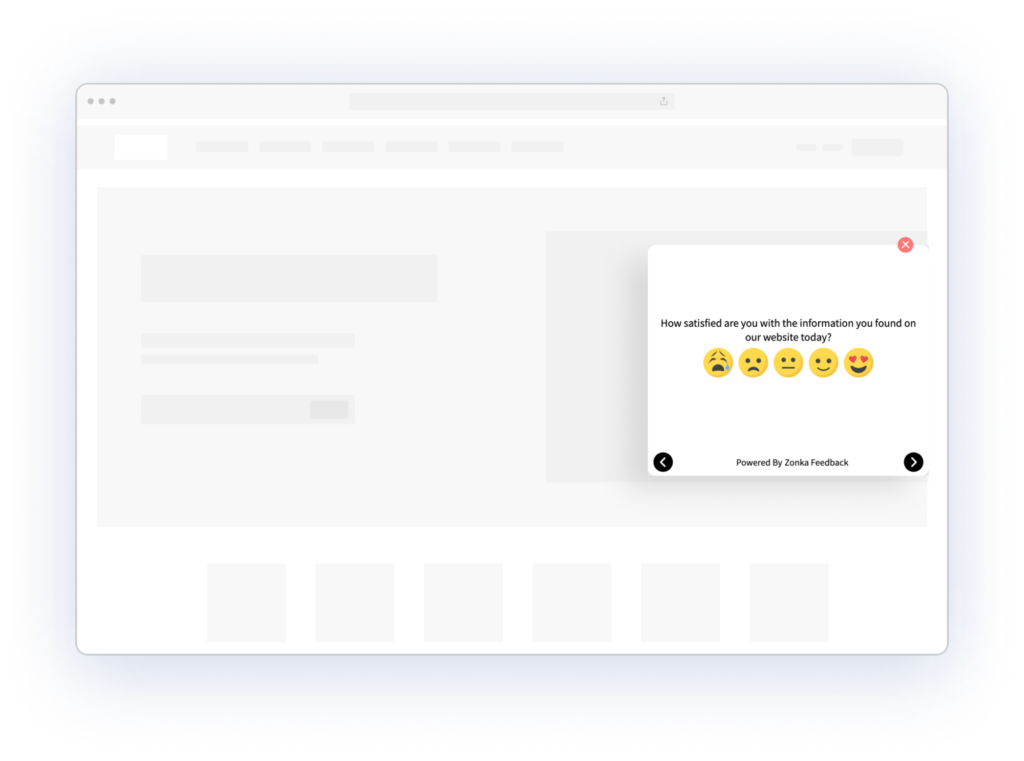
Only a few sites can produce content that effectively targets the right keywords. Instead of serving something remotely relevant to the target keywords, create something exceptionally useful and highly relevant. Optimize for relevance more than anything else.
For example, this post on getting rid of overdue invoices offers a free collection of email templates that readers will find extremely useful. They will pause for a second to download the template and then read the rest of the article. This is a great example of optimizing a post for relevance.
When you aim to rank for a certain keyword, ensure that the content on the page is fully relevant to the search query. User intent is the name of the game.
When targeting keywords, imagine yourself in the shoes of your customer. Is the prospect searching for the keyword to learn something new, to purchase something? Which stage of the buyer’s funnel is he in now?
Conclusion
For a page to be effective, start by understanding the problems you want to solve. This results in a well-rounded approach to solving issues, leading to a lower bounce rate.
